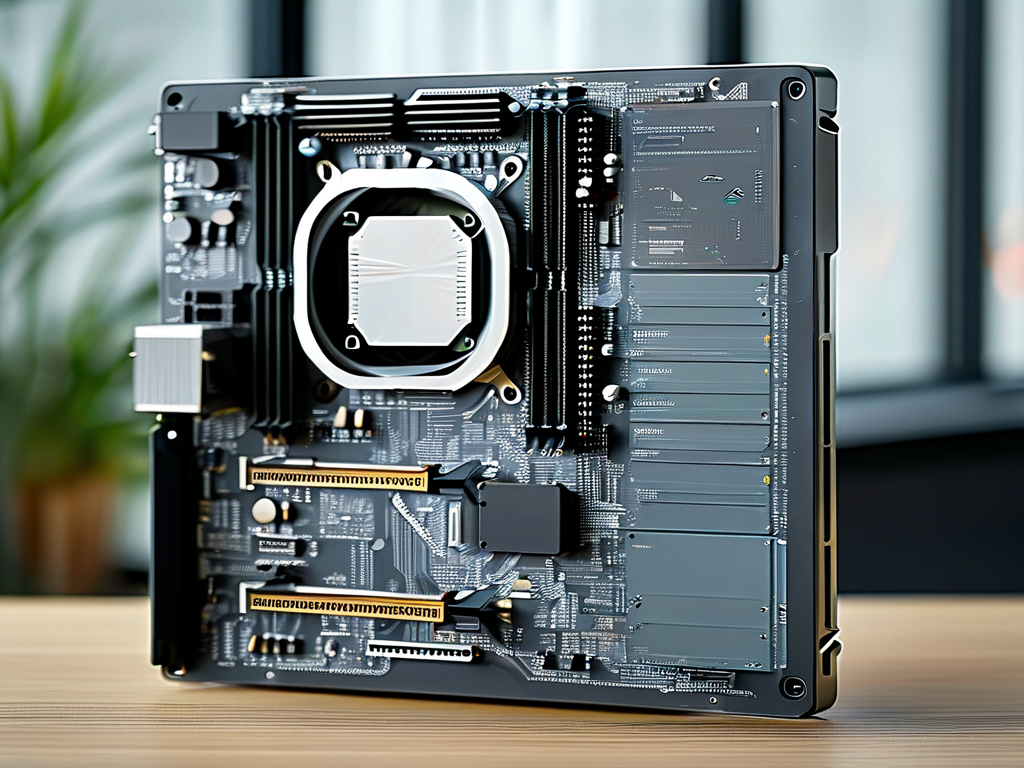As a rising industrial hub in China’s Sichuan Province, Ziyang has quietly become a focal point for embedded software development. With its strategic location and growing tech ecosystem, the city is attracting both startups and established enterprises to explore cutting-edge solutions for IoT, industrial automation, and smart devices. This article delves into the unique advantages and evolving landscape of embedded software engineering in Ziyang.
Ziyang’s Technological Infrastructure
Ziyang’s municipal government has prioritized the development of high-tech zones, offering tax incentives and R&D subsidies to tech companies. The Ziyang High-Tech Industrial Park, for instance, hosts over 30 embedded systems firms specializing in microcontroller programming and real-time operating systems (RTOS). Local universities like Sichuan University of Arts and Science collaborate with enterprises to bridge the talent gap, offering courses tailored to ARM architecture and FPGA design.

A notable case is Ziyang SmartControl Technologies, which recently developed a low-power embedded module for agricultural sensors. Their code snippet below demonstrates sensor data acquisition using C:

void readSoilMoisture(uint8_t sensorPin) {
adc_init();
uint16_t rawValue = adc_read(sensorPin);
float moisture = (rawValue / 1023.0) * 100;
transmitDataLoRa(moisture);
}
This innovation reduced energy consumption by 40% in precision farming devices, showcasing Ziyang’s practical approach to embedded solutions.
Industry-Academia Collaboration
Unlike larger tech hubs, Ziyang fosters tight-knit partnerships between companies and educational institutions. The Ziyang Embedded Systems Lab, co-funded by local enterprises and the provincial government, focuses on edge computing applications. Students gain hands-on experience with RTOS customization, as seen in this FreeRTOS task configuration example:
TaskHandle_t sensorTask;
void vSensorTask(void *pvParameters) {
while(1) {
pollSensors();
vTaskDelay(pdMS_TO_TICKS(1000));
}
}
xTaskCreate(vSensorTask, "Sensor", 256, NULL, 2, &sensorTask);
Such collaborations ensure a steady pipeline of developers proficient in memory optimization and hardware-software co-design—critical skills for resource-constrained embedded environments.
Challenges and Future Directions
Despite progress, Ziyang faces hurdles like limited access to advanced semiconductor fabrication facilities. Most firms rely on COTS (commercial off-the-shelf) components from Chengdu or Chongqing. However, this constraint has spurred creativity. Ziyang ChipLink, for example, developed a compiler optimization tool that reduces binary size by 22% for STM32 microcontrollers, mitigating hardware limitations through software efficiency.
Looking ahead, Ziyang aims to position itself as a leader in AI-at-the-edge applications. Pilot projects integrating TinyML frameworks like TensorFlow Lite for Microcontrollers are underway. A local smart traffic system prototype using these techniques achieved 94% accuracy in vehicle recognition with minimal latency—a testament to Ziyang’s evolving technical capabilities.
Ziyang’s embedded software sector exemplifies how regional innovation clusters can thrive through targeted policies and collaborative ecosystems. While scaling remains a challenge, the city’s focus on practical, energy-efficient solutions fills a crucial niche in China’s tech landscape. For developers and investors alike, Ziyang represents both a testing ground for lean embedded architectures and a blueprint for sustainable regional tech growth.









